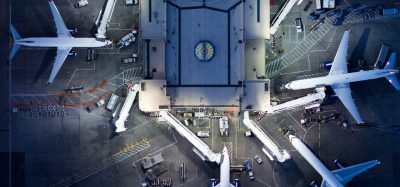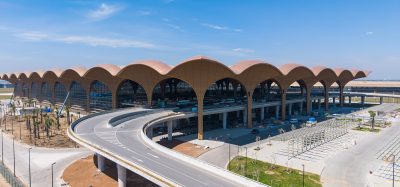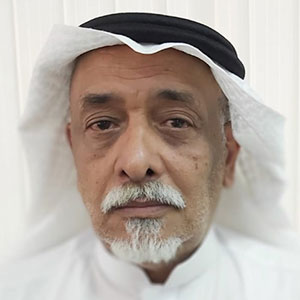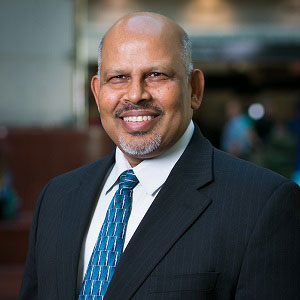Aviation security in a globalised world: a strategic outlook from Pakistan
Posted: 22 October 2025 | Faisal Imran | No comments yet
Faisal Imran, Deputy Director of the Airports Security Force in Pakistan, writes exclusively for International Airport Review on how security threats are modernising and the essentials for a comprehensive security development strategy.
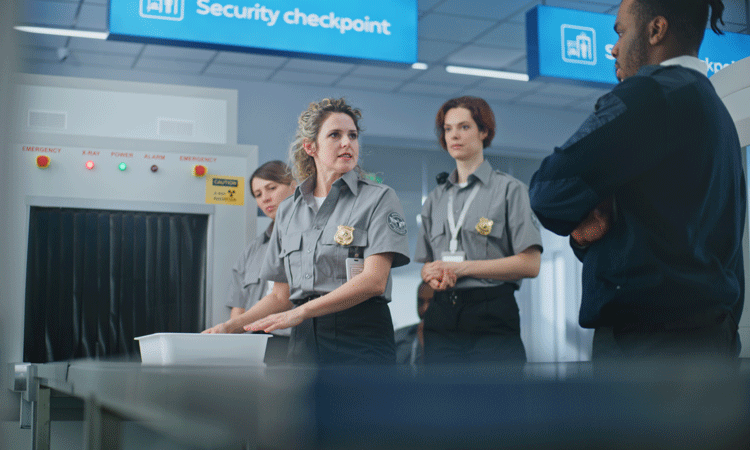

One of the most profound impacts of modern science is attributable to the advent of aviation, which has revolutionised transportation. Air travel has almost entirely replaced long distance land journeys or sea voyage in the last seven decades. Air travel is the main driving force of the world across frontiers, where long distances of months and years have been shrunk to hours and days.
Consequently, the traditional importance of land and seaports has been largely replaced by modern airports. Equally, it can be argued that airports have increasingly replaced the concept of conventional borders with ‘air borders’. Each year, billions of people travel across the continents in an apparently seamless system of modern aviation, and with this comes great responsibility on aviation security practitioners.
A complex security landscape
Few industries have shaped the world into a true global village as significantly as aviation. It is not just a mode of transport — it is a key driver of globalisation and a shared global asset. Safety and security are not optional; they are the lifeline of the entire system.
A continuous rise in air travel and cargo traffic across international borders has added an increasingly complex array of challenges for aviation security practitioners. Among these, the illegal spectrum that aviation security must safeguard against is centre stage. Smuggling, illegal human trafficking, cyber and terrorist attacks on an airport, are the major threats. While one cannot rule out the recurrence of another D.B. Cooper-like incident, such events are now significantly curtailed thanks to multiple technology driven checks.
Aviation security development strategy
In view of the constantly growing challenges and threats, there is a need to craft a comprehensive and proactive aviation security strategy. Aspects of a comprehensive strategy to consider include:
- Competency-based recruitment and psychological screening
There is a time-tested maxim: “It is not the gun, but the man behind the gun, that truly matters.” The acme of professional skills lies not in the tools per se, but in the training, discipline and seamless execution by the individual. To consider this in the aviation security context, as the threat landscape grows more complex and asymmetric, the imperative to build a future-ready security workforce demands a decisive shift towards competency-based induction, reinforced by rigorous psychological screening.
- Enduring Professional Development (EPD)
To sustain a resilient and adaptive aviation security workforce, it is imperative to institutionalise Enduring Professional Development (EPD) programmes anchored in scenario-based and role-specific training methodologies.
Conventional, one-time training models meant for progression in service are insufficient in an environment where the threat vectors morph rapidly. Therefore, EPD must be environment-based and geared towards emerging challenges.
An airport security officer is a dual role, they are a key part of the passenger experience as they are customer-facing, yet they are there to detect threats and enforce the law when needed. The skills required of security offers are many, but one is being able to seamlessly move between these two roles and from courtesy to firmness when the situation demands it.
Any training regime must be based on these elements and follow an enduring process throughout the professional career in aviation security.
Another aspect is that aviation is deeply connected to many parts of international law that influence safety, security, passenger rights and operations. Therefore, it is important to look beyond the Chicago Convention and bilateral air agreements for enhancing awareness of aviation security professionals. Employees with broader legal awareness will work more responsibly, and professionally.
Modern threats
The landscape of threats to aviation is constantly mutating and criminal groups are developing innovative methods and technologies to circumvent defences. Modern threats to airports include:
- Malicious use of unmanned aerial systems (drones).
- Growing complexity of insider threat. This is particularly the most insidious threat, as it can undermine even the most robust defence.
- Digital transformation has expanded the attack surface for cyber criminals, posing serious risk to air traffic management, passenger data integrity, and critical airport operations.
Ultimately, an intelligence-led approach will assist in developing a comprehensive response and will transform the aviation security from a reactive, compliance-driven mechanism into a proactive, agile defence system.
A continuous acquisition, analysis and dissemination of information from such sources will add enormous burden on the evaluation process. However, if AI based programmes are developed to sift the relevant pieces of information and convert them into intelligence through corroborating other sources, this will ease the burden. Ultimately, an intelligence-led approach will assist in developing a comprehensive response and will transform the aviation security from a reactive, compliance-driven mechanism into a proactive, agile defence system.
The role of technology and intelligence in aviation security
It is important to remember that strengthening aviation security demands more than isolated upgrades — it requires strategic integration of advanced technologies as a central pillar of modernisation. Leveraging technologies such as AI, machine learning, biometrics, next-gen imaging and automated threat detection now offer unprecedented precision, speed and agility. Yet success hinges not just on acquisition, but on building interoperable systems, standardised protocols, robust data governance, and continuously upskilling human capital. Only then can we forge an integrated security ecosystem — uniting airports, airlines, security forces, intelligence, customs and immigration under a shared operational picture and synchronised response.
At the end of the day, it’s all about the security of passengers and staff. Therefore, modern aviation security architecture must evolve to become more passenger-centric, balancing stringent threat mitigation with the imperative of enhancing passenger facilitation and experience.
Passenger-centric security reimagines the passenger not merely as a subject of scrutiny, but as an essential stakeholder in the security ecosystem. Programmes like Trusted Traveller Initiatives (e.g., TSA PreCheck, Global Entry, One Stop Security) exemplify how differentiated security processing for low-risk passengers can optimise resources and reduce congestion without compromising threat detection capabilities. By designing security systems that are intuitive, minimally disruptive, and respectful of personal dignity, aviation authorities can enhance both security effectiveness and customer satisfaction, ultimately reinforcing public confidence in the aviation system.
A national perspective: Pakistan’s commitment
Aviation security in a connected world is not merely a technical or regulatory obligation, it is a collective strategic imperative. To this end, Pakistan is committed to further evolve the system of aviation security into a state-of-the-art mechanism, not only in terms of use of technology but with heavy focus also on the human resource. Presently, an advanced Aviation Security Academy is under completion at Karachi, which once completed will become one of the advanced and largest facilities of its kind.
Pakistan as a responsible state not only fully understands the sensitivity attached to aviation security but also remains committed to contributing constructively in this shared global endeavour, with a renewed sense of mission to not only safeguard skies but to shape a future where aviation security is synonymous with innovation, resilience and global partnership.


Stay Connected with International Airport Review — Subscribe for Free!
Get exclusive access to the latest airport and aviation industry insights from International Airport Review — tailored to your interests.
✅ Expert-Led Webinars – Gain insights from global aviation leaders
✅ Weekly News & Reports – Airport innovation, thought leadership, and industry trends
✅ Exclusive Industry Insights – Discover cutting-edge technologies shaping the future of air travel
✅ International Airport Summit – Join our flagship event to network with industry leaders and explore the latest advancements
Choose the updates that matter most to you.
Sign up now to stay informed, inspired, and connected — all for free!
Thank you for being part of our aviation community. Let’s keep shaping the future of airports together!
Related topics
Artificial intelligence (AI), Cyber-security, Digital transformation, New technologies, Passenger experience and seamless travel, Security, Workforce




